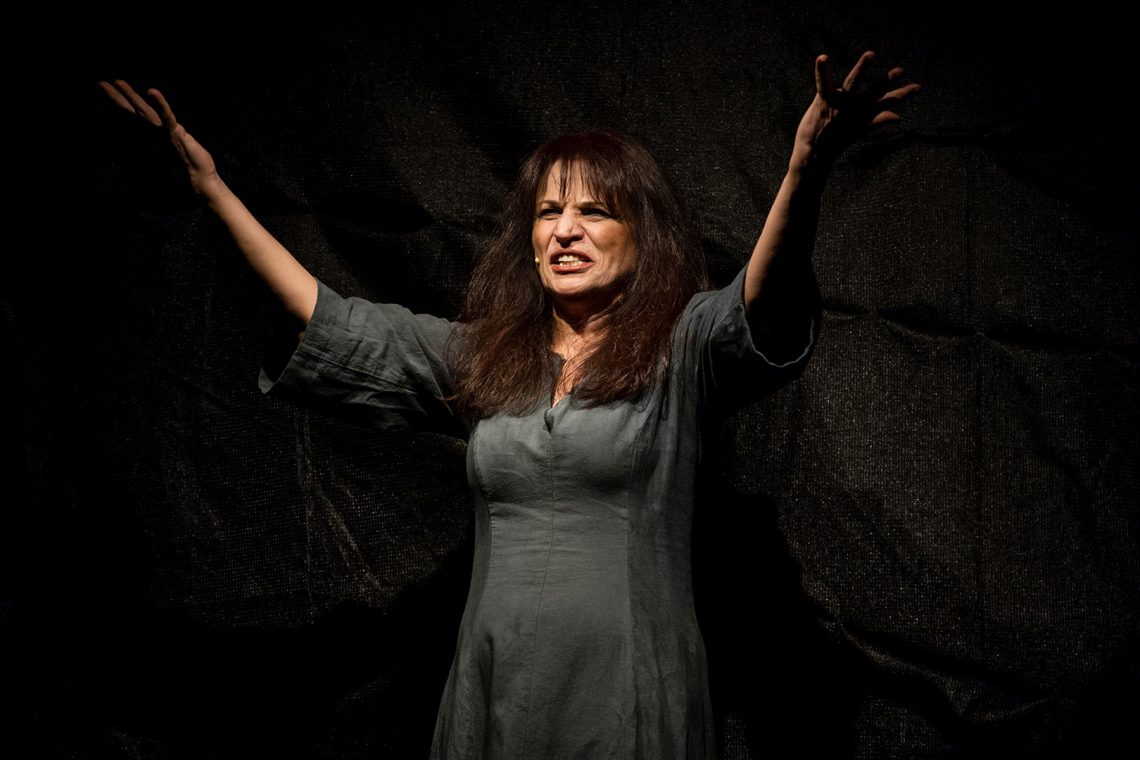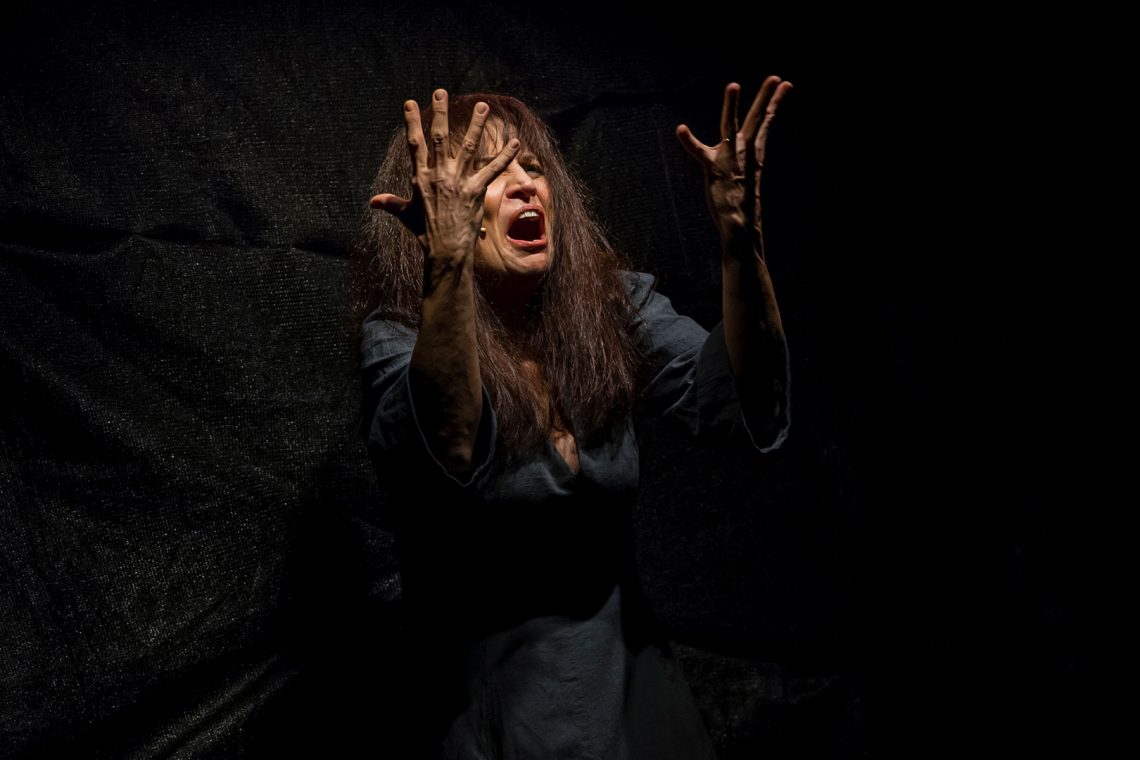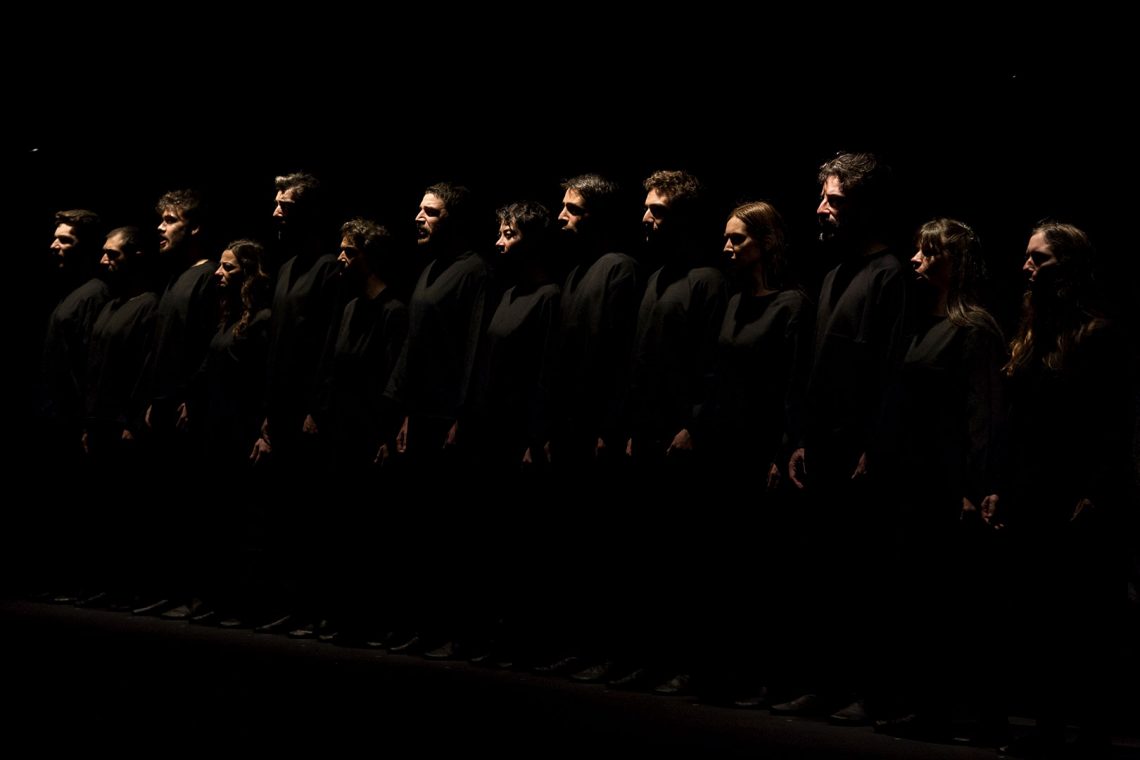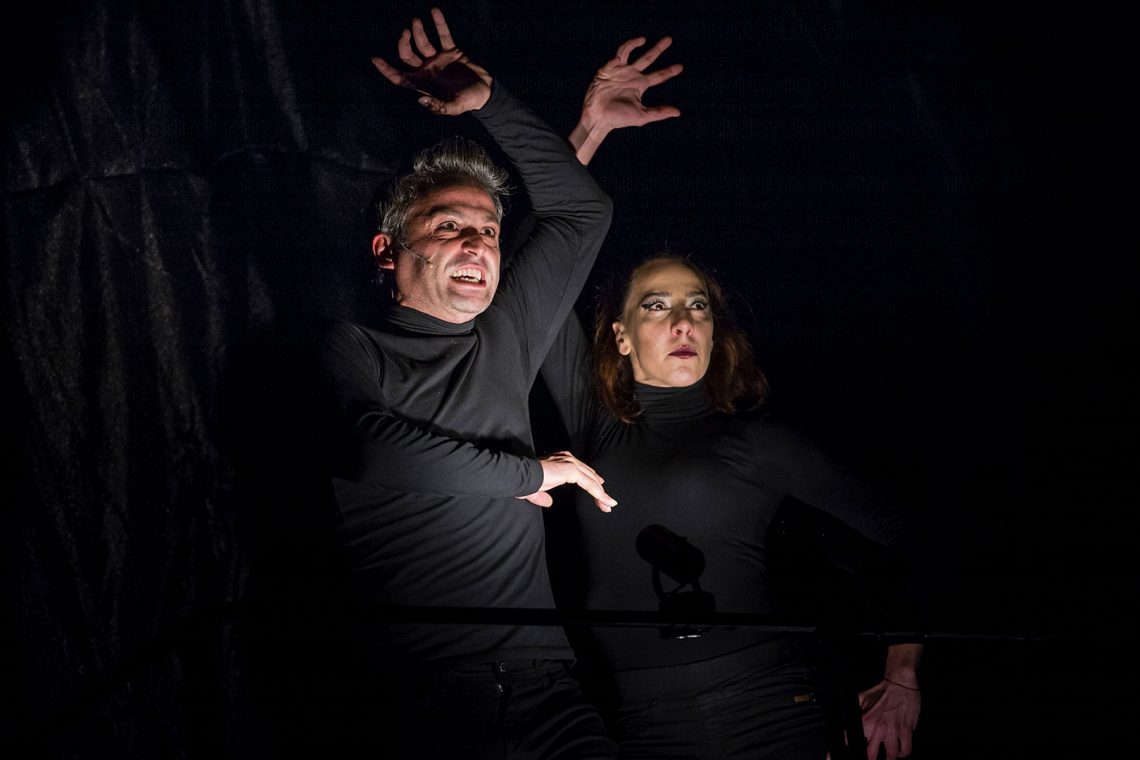Interpreting mythology, Şahika Tekand reckons with Olympos and Zeus through Io in her new tragedy. With a poetic arrangement, she presents the prevailing patriarchal world order and the tragedy of mankind who gradually abandon their memory and ability to question.
THE STORY OF THE MYTH
Io is a mythological character who appears on a short scene in Aeschylus’ tragedy Prometheus Bound. There is no tragedy based on Io. She is the daughter of Inachus, the river god of Argos. When Zeus falls in love with Io, she gets punished by Hera. To hide her from Hera, Zeus transforms Io into a white heifer. Hera finds out about this and sends a gadfly to sting Io continuously. Unable to ease Hera’s fury, Zeus exiles Io and forces her to roam around the world.
THE STORY OF ŞAHIKA TEKAND’S TEXT
Important Note: The text is not a rewriting. It is a completely original text evolved out of information gathered from mythology.
Banished and forced to roam around the world by Zeus and Hera, Io led a difficult life in the hope that the prophecies of Prometheus would come true and Zeus would be held accountable one day for what he did. Prophecies have never been fulfilled. At the end of her tough life, Io returns to Argos to die in her homeland. Here, she first encounters the people of her city. Io realizes that her story was mistold and the people of Argos prefer to believe what’s been told to them and live in peace, instead of finding out about the truth. Upon this, she wants to stay in Argos to tell the truth about herself and clear her name before she dies. However, Zeus does not allow it, as it would lead to the remembrance and questioning of the past that humanity has forgotten. This leads to a heated debate between the representatives of Zeus and Io. Witnessing this argument, the people are forced to make decisions.
PERFORMANCE
In this contemporary tragedy about Io’s reckoning with Zeus, the lost memory of modern man and today’s world is being questioned. The controversy between Io and the mythological characters that emerge as the representatives of Zeus, and the reaction of the choir to the heated debate portrays the tension of the text. Stage performance that turns into a battle of visibility and audibility transforms this tension into a “present time” reality.
With the dynamic and tense combination of light, sound and movement of the play, the arrangement of movement makes the music of the movement visible, while the arrangement of speech acquires a musical quality as it is grounded on the music of the language.








